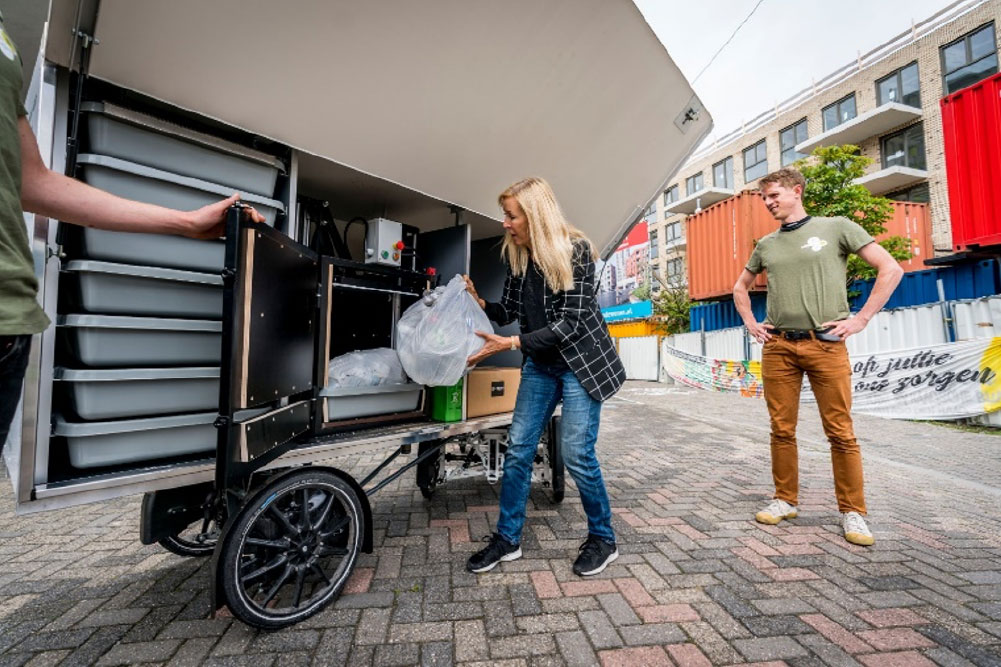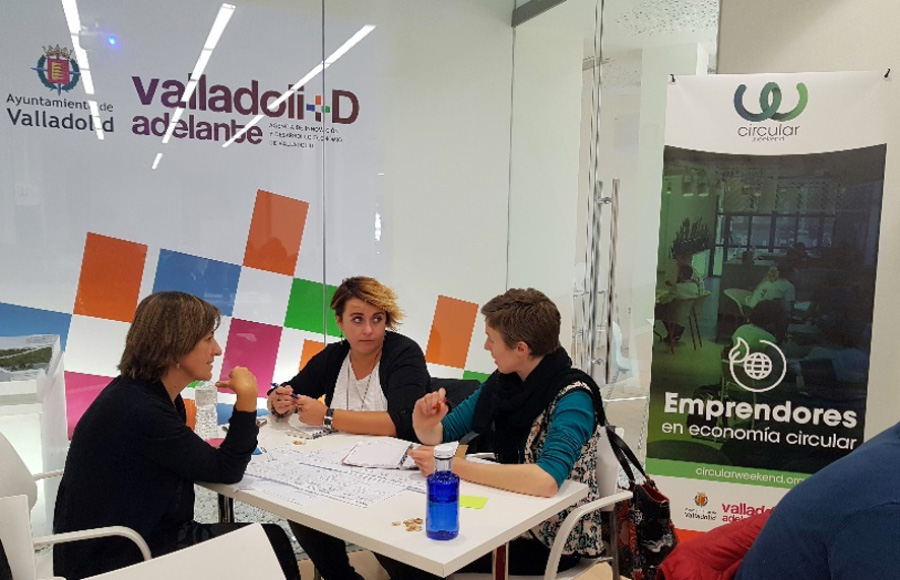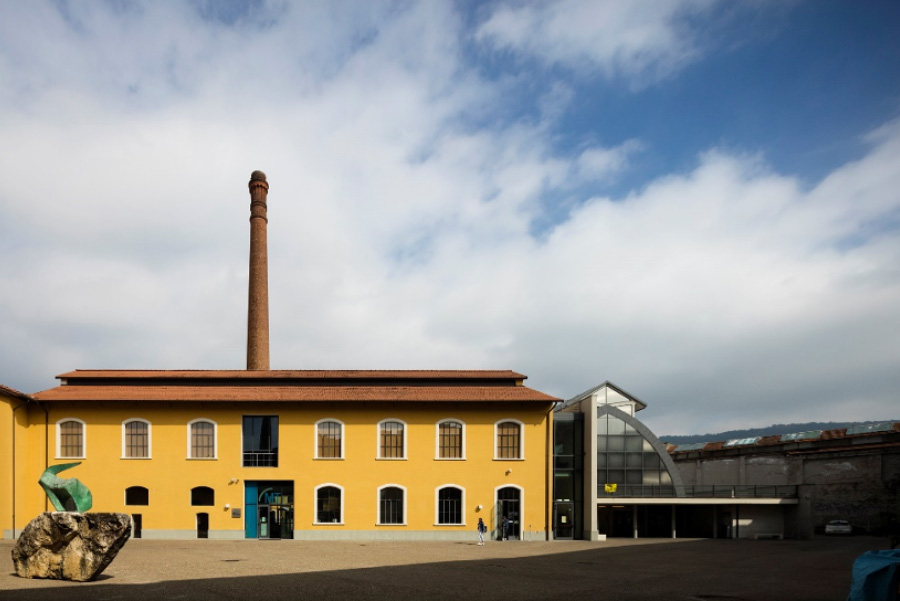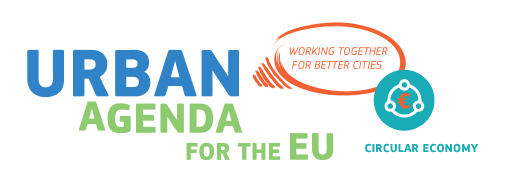Financial instruments
Financial instruments can provide additional opportunities for project promoters to finance their circular city projects. Some of these instruments have been developed recently, while others are well established. It should be noted, however, that there is little practical experience with applying these instruments in the circular context.
Green bonds are bonds that are specifically allocated to projects that address climate and/or environmental sustainability issues. Investing in green bonds is increasingly popular among (institutional) investors, such as pension funds. Green bonds are typically asset-linked and must allow for quantifying sustainable impact in accordance with the Green Bonds Principles (GBP) ![]() .While in general it is banks and financial institutions that issue green bonds, city and regional governments can do this as well. Examples of cities issuing green bonds are Paris
.While in general it is banks and financial institutions that issue green bonds, city and regional governments can do this as well. Examples of cities issuing green bonds are Paris ![]() and Gothenburg
and Gothenburg ![]() . Learn more about the opportunities offered by green bonds and on how to exploit them, through this FREE 90 mins e-learning course
. Learn more about the opportunities offered by green bonds and on how to exploit them, through this FREE 90 mins e-learning course ![]() by EIT Climate-KIC.
by EIT Climate-KIC.
What are bonds?
Bonds are fixed income instruments in the form of loans. Bonds have a fixed or variable interest rate (called coupon) and they usually have a long maturity (5-30 years). When someone wants to invest at a relatively low risk, they can buy bonds from a governmental, municipal or corporate rated organisation.
A revolving loan facility is a flexible financing tool often used by financial institutions and governmental authorities. A revolving loan offers the borrower the flexibility to draw down or withdraw, repay, and withdraw again. Through revolving funds, governments can support projects that do not have access to other types of loans from commercial banks, often against a below-market interest rate. Revolving funds can be seen as an alternative to offering grants. It has the advantage over grants that with the same size of public budget, more projects can be financed, and it encourages financially viable projects.
EU resources under the European Structural and Investment Funds (ESIF) are transformed through Financial Instruments (FIs) into financial products such as loans, guarantees, equity and other risk-bearing mechanisms. These financial products are used to support economically viable projects that promote the policy objectives of the European Union. By complementing grants with other financial products, FIs enable that EU funding can be used time and time again in a revolving fashion, ensuring their effective and efficient use.
FIs are managed by the Managing Authorities of the different EU Member States who receive funding under the ESIF. These Managing Authorities are national bodies that oversee the use of the available resources and place the ESIF allocations in Financial Instruments through either a Fund of Funds or a financial intermediary from which eligible projects can be financed.
If you are a financial intermediary, you can check here ![]() if there are ongoing calls where you can express your interest for receiving ESIF resources to transform into financial products.
if there are ongoing calls where you can express your interest for receiving ESIF resources to transform into financial products.
Citizen cooperatives are becoming increasingly popular, especially in financing the energy transition. It refers to a business model where citizens jointly invest in projects, such as the realisation of renewable energy production or energy efficiency projects. All citizens are eligible to participate and become co-owners of the projects and related assets by purchasing a cooperative share. In addition, citizen cooperatives allow for an active participation where all members have a say in how the cooperative should invest.
Although currently, there are not many examples of citizen cooperatives that invest in projects outside the energy sector, this might change in the future. City governments could play a facilitating role in the development of such cooperatives also in the circular field.






